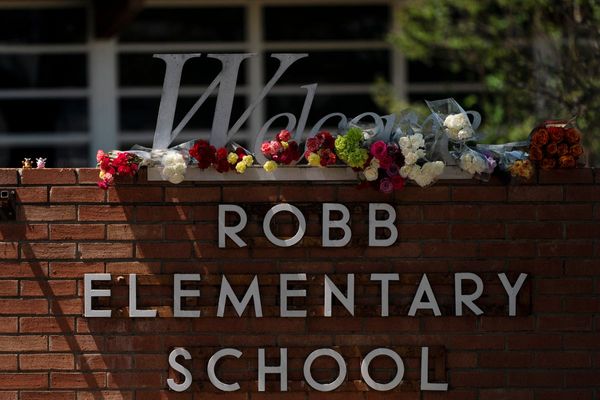
Years of wet weather and vegetation growth have made it harder for the New South Wales fire authorities to prepare for this year’s bushfire season that officially begins on Tuesday, with warnings to residents to prepare now.
The NSW Rural fire service (RFS) has already responded to more than 1,600 bush and grass fires across the state since the start of July.
The state emergency services minister, Jihad Dib, said fire agencies had been unable to meet hazard reduction targets before the season started and urged residents across the state to prepare now.
“The RFS is doing their thing, but we also need members of the community … to make sure that you do some things – they’re pretty simple and pretty cost-effective,” he said on Monday.
“In the first instance, please clean your home of any debris, clear your gutters, trim overhanging branches and please make sure that you’ve got a sturdy hose.”
Dib said all residents should have a bushfire survival plan and have the Hazards Near Me app downloaded.
Speaking alongside the minister, the RFS commissioner, Rob Rogers, acknowledged a hazard reduction burn on the Northern Beaches that became an out-of-control bushfire that threatened homes earlier this month.
“If fires can do that during a hazard reduction, imagine that in the middle of summer,” he said.
Rogers said that “consecutive years of wet weather have fuelled growth of vegetation like grasslands” and underscored the danger of fast-moving grassfires.
He reiterated Dib’s message that it was up to everyone to play their part in preparing a bushfire plan, deciding if they would stay or go if their property was threatened by fire, and preparing their home to give it the best chance.
“Whether you’re going to stay or go, if your home is prepared, then it gives firefighters a lot better chance to save your home,” Rogers said.
Earlier this month, an official assessment from fire authorities and the Bureau of Meteorology found large parts of Queensland and the Northern Territory, the south-west of Victoria and south-east corner of South Australia faced agreater risk of bushfires this spring.
Rob Webb, the chief executive of the Australasian Fire and Emergency Service Authorities Council, said these areas see more fire activity or fires that were harder to extinguish because of the high amount of fuel such as dried grass, leaves, twigs and dead branches.







